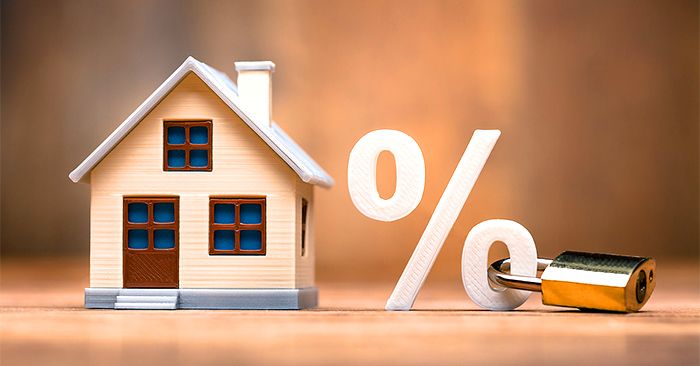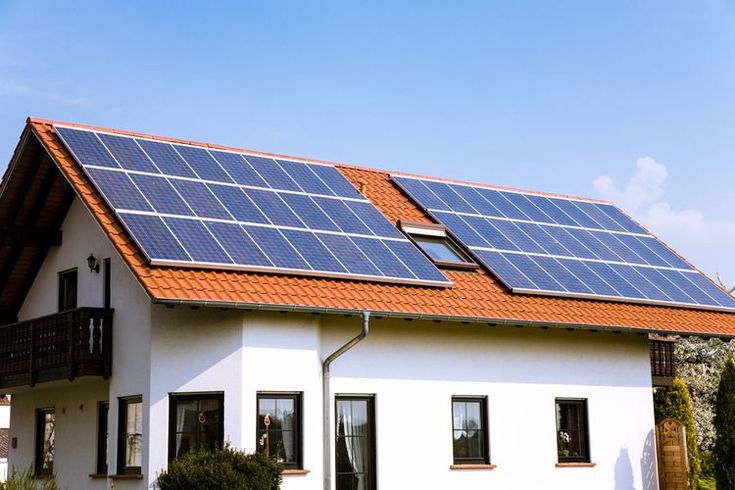5 Signs It’s Time to Refinance Your Home Mortgage
5 Signs It’s Time to Refinance Your Home Mortgage – Refinancing a mortgage is a significant financial decision that can bring numerous benefits if done at the right time. Homeowners typically refinance to secure a lower interest rate, shorten the loan term, or access equity for various expenses. However, not every situation warrants a refinance, and it’s essential to recognize the signals that indicate it’s time to act. In this guide, we’ll explore five critical signs that suggest refinancing your home mortgage could be the best financial move.
1. Interest Rates Have Dropped
One of the most obvious and compelling reasons to consider refinancing is when interest rates drop. A lower interest rate can significantly reduce your monthly payments, saving you thousands of dollars over the life of the loan. A general rule of thumb is that if you can reduce your interest rate by at least 1% to 2%, refinancing may be worth it.
How Lower Rates Benefit You
Lower interest rates mean that a larger portion of your monthly payment will go toward paying off the principal balance instead of interest. This can shorten the length of your mortgage and build home equity faster. For instance, if your current rate is 5% and you can refinance to 3.5%, you’ll see a substantial reduction in your overall costs.
Using Mortgage Calculators to Gauge Savings
Before jumping into the refinancing process, it’s helpful to use an online mortgage calculator to estimate your potential savings. By inputting your current mortgage terms and the new rate, you can quickly see how much refinancing will save you each month and over the life of the loan.
2. Your Credit Score Has Improved
Your credit score plays a crucial role in determining the interest rate lenders offer you. If your credit score has improved since you first took out your mortgage, you might be eligible for a lower interest rate, making refinancing an attractive option.
How Credit Scores Impact Mortgage Rates
Mortgage lenders typically offer better rates to borrowers with higher credit scores. For example, if your credit score has jumped from 650 to 720, you may qualify for a rate that’s 0.5% to 1% lower than what you were originally offered. This difference can result in significant savings.
Steps to Take Before Refinancing
- Check your credit report: Make sure your credit report is accurate, and if you notice any errors, dispute them.
- Pay down debts: Lowering your debt-to-income ratio can improve your credit score even more, possibly qualifying you for better rates.
- Avoid new debt: Wait until after refinancing to open new credit cards or take out loans, as these actions can lower your credit score.
3. You Want to Shorten the Loan Term
If you’re financially able to make higher monthly payments and want to pay off your home sooner, refinancing to a shorter loan term might be the right move. By refinancing a 30-year mortgage into a 15-year mortgage, you can save on interest and own your home outright faster.
Benefits of a Shorter Loan Term
- Lower overall interest costs: Shorter loan terms typically come with lower interest rates, and since you’re paying off the loan faster, you’ll pay less in interest over the life of the loan.
- Faster equity build-up: By paying more each month, you’re also increasing your home equity at a quicker pace.
- Financial freedom: Once your mortgage is paid off, you’ll have more financial flexibility to invest or save for other goals.
Considerations Before Shortening Your Loan Term
Refinancing to a shorter loan term can significantly increase your monthly payments, so it’s essential to assess your budget and financial goals before committing. Make sure you can comfortably afford the new payments without straining your finances or sacrificing other savings goals.
4. You Want to Switch from an Adjustable-Rate Mortgage (ARM) to a Fixed-Rate Mortgage
If you originally opted for an adjustable-rate mortgage (ARM) to benefit from a lower initial interest rate, you might now be facing rate increases as your loan adjusts. Refinancing to a fixed-rate mortgage can provide peace of mind by locking in a stable interest rate for the remainder of your loan term.
Why Fixed-Rate Mortgages Are Attractive
Fixed-rate mortgages offer predictability and long-term stability. Your monthly payments will remain the same, even if market interest rates rise. If your ARM is set to reset soon, and you anticipate rates going up, refinancing to a fixed rate could save you from potentially steep payment hikes.
When to Refinance an ARM
It’s best to refinance before your ARM adjusts and locks you into a higher rate. Keep an eye on the market, and if interest rates are favorable, refinancing to a fixed-rate mortgage can protect you from the unpredictability of future rate increases.
Long-Term Benefits of a Fixed-Rate Mortgage
- Consistent monthly payments: This makes budgeting easier and offers financial predictability.
- Protection against inflation: If interest rates rise due to inflation, your fixed-rate mortgage will remain unchanged, safeguarding you against higher costs.
5. You Want to Tap into Your Home’s Equity
Refinancing your mortgage can allow you to access your home’s equity through a cash-out refinance. This option is popular among homeowners who need funds for home improvements, paying off high-interest debt, or covering other significant expenses.
What is a Cash-Out Refinance?
A cash-out refinance replaces your existing mortgage with a new, larger loan. The difference between the new loan and your old one is paid out to you in cash, which you can use as you see fit. This option can be especially useful if you have substantial equity built up in your home and want to put that money to good use.
Common Uses for Cash-Out Refinancing
- Home improvements: Upgrading or renovating your home can increase its value, making this a popular use for cash-out refinancing.
- Debt consolidation: Refinancing can help pay off high-interest debt, like credit cards or personal loans, by consolidating them into one lower-interest payment.
- Emergency expenses: Whether it’s medical bills, education costs, or unexpected emergencies, cash-out refinancing can provide the funds you need.
Risks of Cash-Out Refinancing
While cash-out refinancing can be a smart financial move, it’s essential to be aware of the risks. You’re essentially increasing the amount of debt on your home, and if property values decline or your financial situation changes, you could end up owing more than your home is worth. Always ensure you have a clear plan for repaying the loan.
Conclusion
Refinancing your mortgage can be a powerful tool for improving your financial situation, but timing is everything. Whether you’re looking to lock in a lower interest rate, shorten your loan term, switch from an ARM to a fixed-rate mortgage, or tap into your home’s equity, recognizing the right signs will help you make an informed decision. Before proceeding, take the time to evaluate your financial goals, assess current market conditions, and consult with a mortgage advisor to ensure that refinancing is the best option for you.
By paying attention to these five signs, you can make a well-timed move that aligns with your financial priorities and helps you get the most out of your home mortgage.






